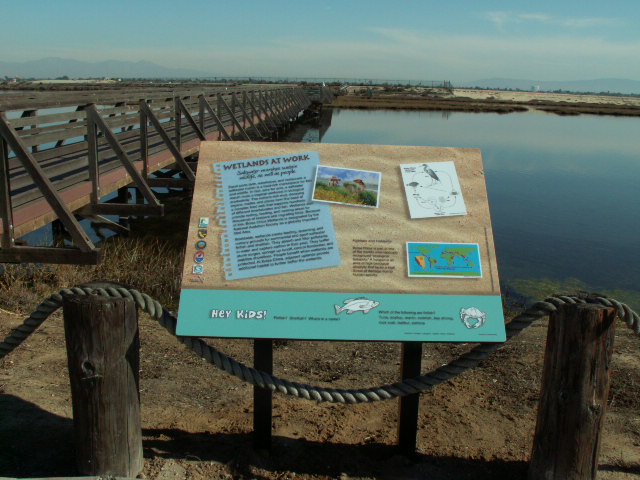CaHSRA proposed Bakersfield Station map
Photo Credit: CaHSRA
The press release trumpeted Costa, Congressman T.J. Cox, and other CaHSRA officials as if the new funding was soon to be on its way to help California's beleaguered bullet train project.
However, not mentioned in the press release is that Costa and his 9 co-sponsors, all Democrats, had merely introduced the bill to the House of Representatives on February 7, 2020. The bill was then referred to the House Committee on Transportation and Infrastructure where it currently sits. As of this time, no further action has been taken.
To clarify, no new bill has been voted upon or passed by the House, no new bill has been sent to, voted upon, or approved by the Republican controlled U.S. Senate (unlikely at this time), and no new bill has been signed into law by the President (even more unlikely if Trump remains in office).
In short, the fanfare related to the bill appears to be much to do about nothing at this time.




